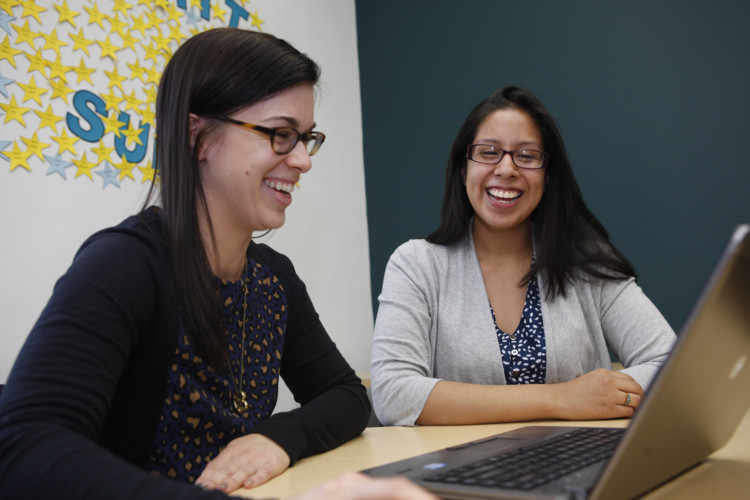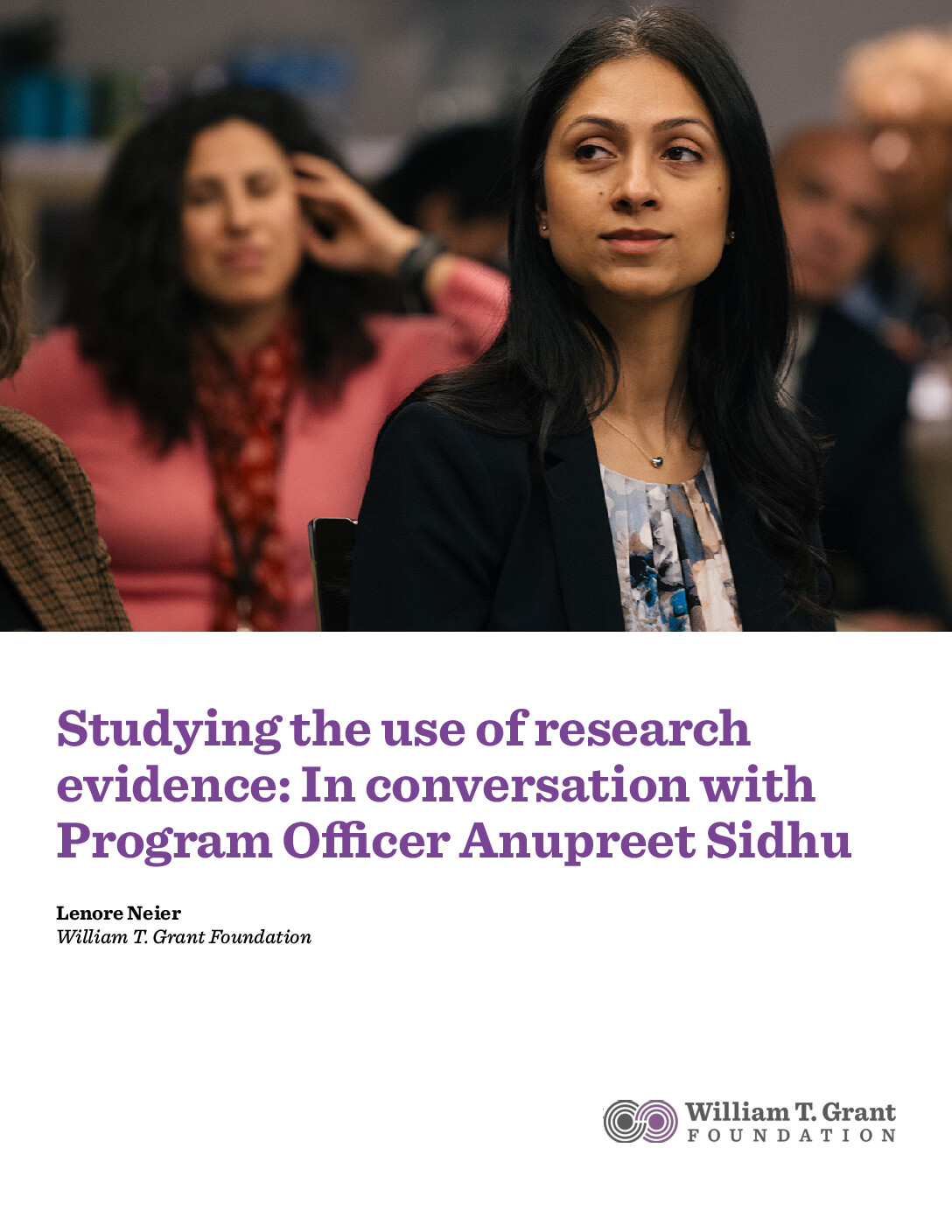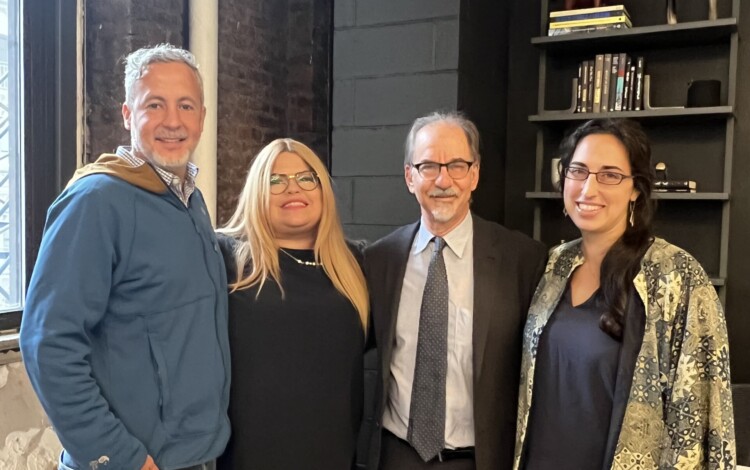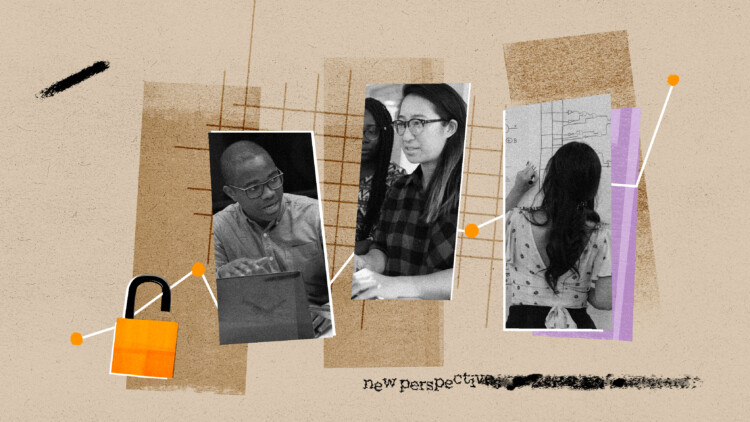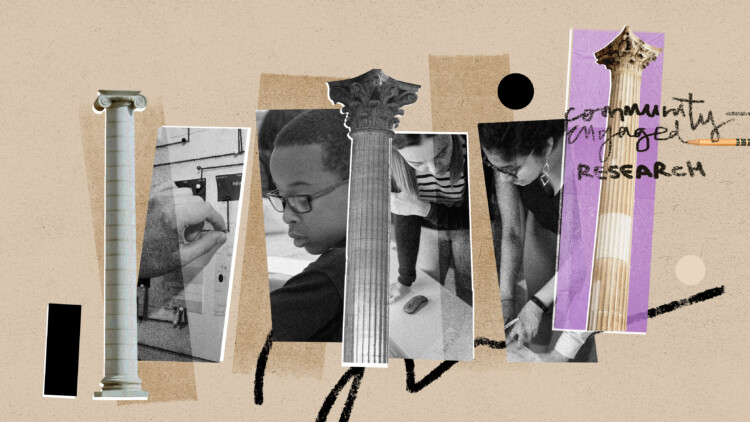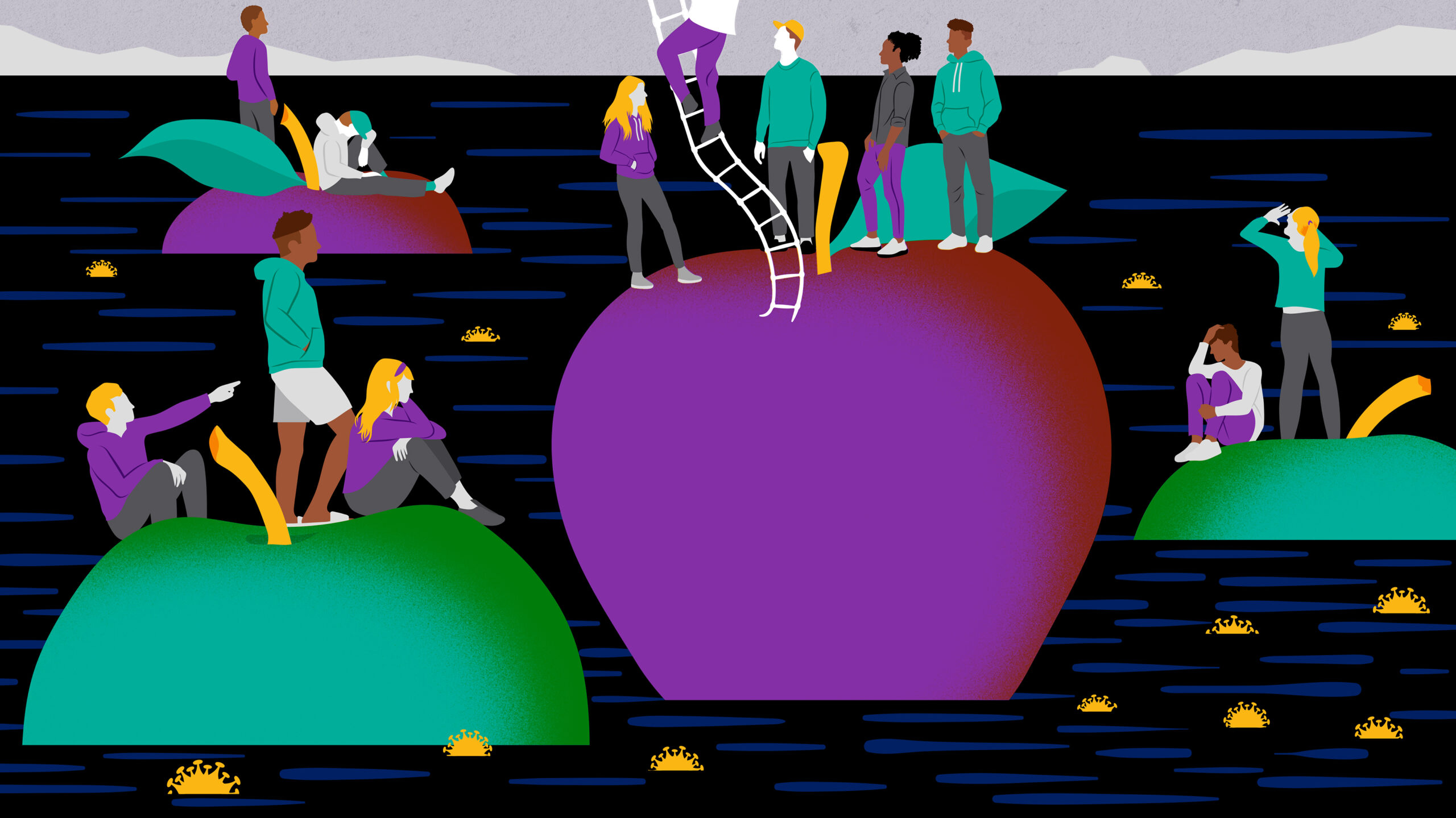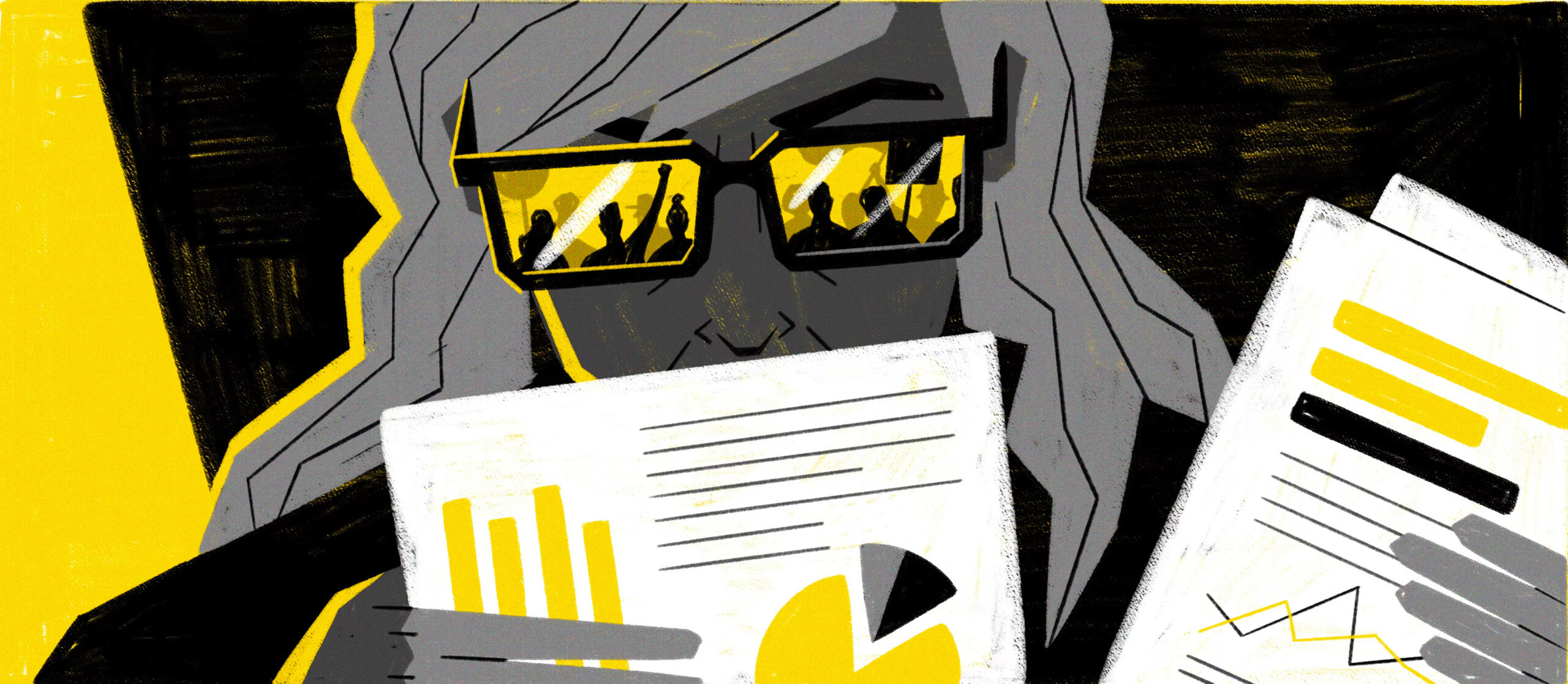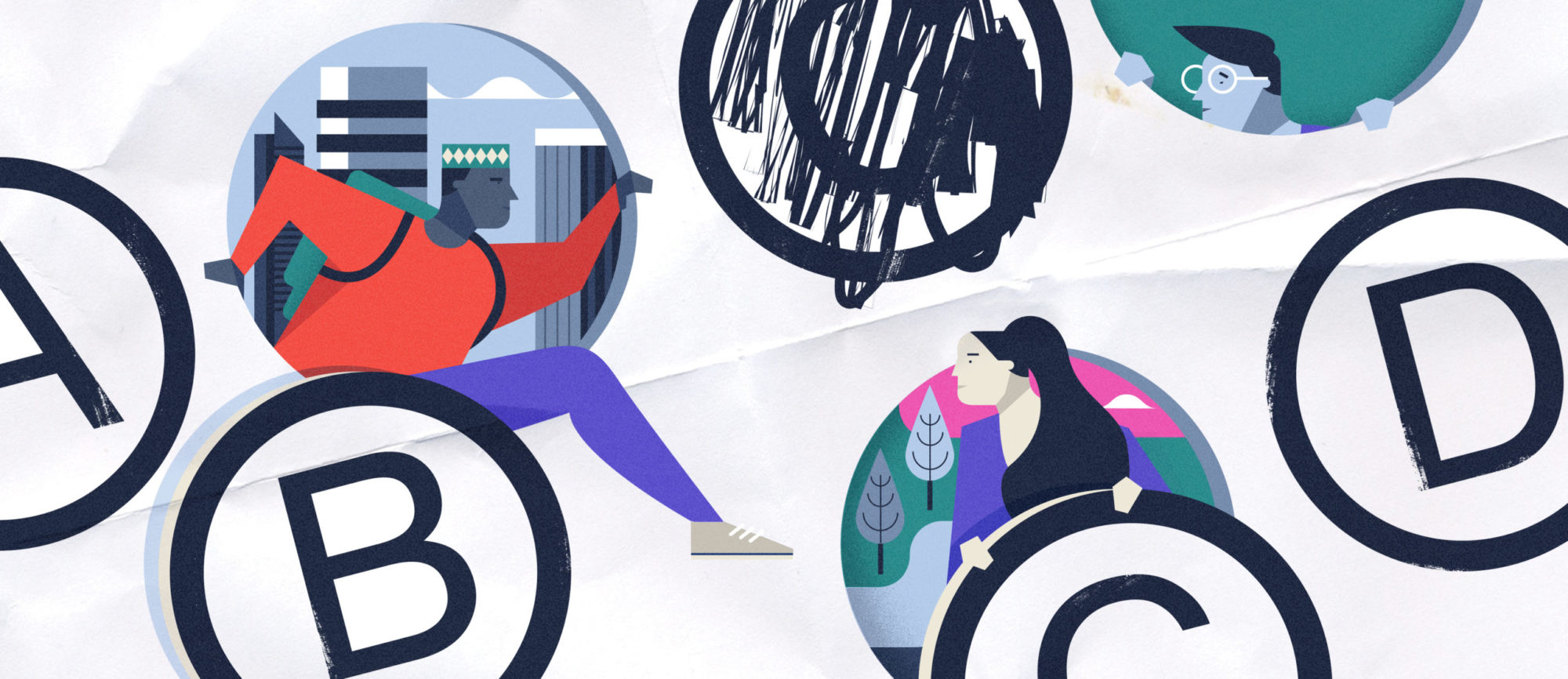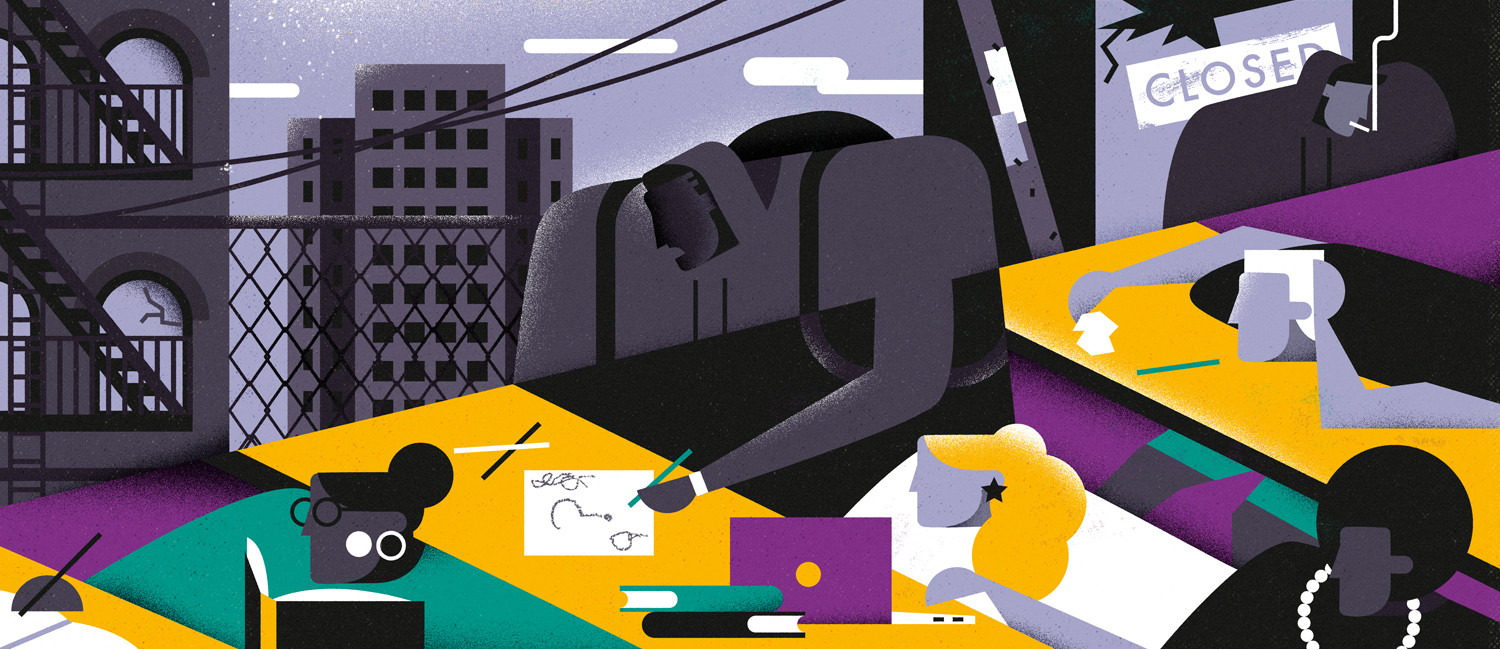February 21, 2024
Anupreet Sidhu directs the Foundation’s portfolio of studies to improve the use of research evidence in ways that benefit youth. Our newest Program Officer, Anupreet recently completed her postdoctoral studies at the Perelman School of Medicine at the University of Pennsylvania, where she pursued research at the intersection of regulatory science, health communication, and program evaluation. She has received and worked on research grants funded by the Food & Drug Administration and the National Institutes of Health and has published in a range of peer-reviewed journals.

Here, Communications Manager Lenore Neier speaks with Anupreet about the interests that led her to the Foundation, what she envisions for our grantmaking on the use of research evidence, and her advice for applicants.
Can you talk about your own research background?
I am a public health and health communication researcher by training. During my masters program in Communication Studies at UC Davis, I interned at the California Department of Public Health. This was my window into how public health programs were designed, implemented, and evaluated.
To pursue my interest in program evaluation and health communication, I joined the PhD program in Health Behavior Research at the Keck School of Medicine at University of Southern California. I was interested in tobacco control programs and continued to study the impact of evidence-based interventions and policies in local and international settings. From there, I transitioned to a postdoctoral fellowship at the Tobacco Centers of Regulatory Science at University of Pennsylvania, one of nine FDA/NIH-funded programs in the country at the time. This was an opportunity to train in experimental research and work with a team with extensive expertise in randomized controlled trials. This inter-agency partnership was designed to inform and support FDA’s regulatory activities in reducing the harms of tobacco use. It’s here that I got to witness firsthand how research questions don’t just need to be interesting to us as researchers, they have to serve the needs of policymakers and practitioners, as well as the wider community. You really start thinking about the implications of your work in very deliberate and tangible ways.
What sorts of connections do you see between your previous research and the Foundation’s focus on the use of research evidence?
The space I’m coming from was trying to engage with existing research evidence and co-produce research that was responsive to the needs of a policymaking agency. For example, the FDA established the Center for Tobacco Products (CTP) and their Office of Science (OS) under the Family Smoking Prevention and Tobacco Control Act (2009) which granted the FDA a regulatory authority over the manufacture, marketing and distribution of tobacco products (Meissner et al., 2022; Ashley et al., 2014). CTP-OS’s mission is to assess existing scientific evidence, identify research priorities and support new research to inform regulatory action. In the context of FDA’s regulatory authority of tobacco products, a specific definition was developed keeping a public health standard at the fore. Simply put, studies analyzing tobacco’s effect on one’s body, though scientifically important, were rather insufficient to inform regulatory activities. Instead, what was needed was research that evaluates measures to reduce harm and test current as well as future regulations to, for instance, determine non-addictive levels of nicotine or the effects of marketing, labeling, and advertising, among a long list of health priorities.
So, in tobacco regulatory science, journals and conference abstracts had a section to specify implications of one’s work for policy. How will this further policy or practice? This eventually becomes a way of thinking about one’s work—Who will this work benefit and how can it be effectively used? What I witnessed was also the ability to respond to upcoming needs in an ever-evolving and fast-changing environment. This is congruent with what we are trying to achieve at the Foundation.
What is your vision for the Foundation’s support for research on improving the use of research evidence?
We’re interested in studies on strategies to improve the use of research evidence by decision-makers. One look at the work we’ve funded will show you that many investigators are interested in studying the conditions for research use. But it is less common for researchers to study strategies to improve research use or how research use makes a difference in youth outcomes. We need more studies on creating conditions to build and maintain conduits of evidence in decision-making ecosystems.
Proposed studies must pursue one of the following aims:
- Building, identifying, or testing strategies to improve the use of existing research evidence
- Building, identifying, or testing strategies to facilitate the production of new research evidence that responds to decision-makers’ needs
- Testing whether strategies that improve the use of research evidence in turn improve decision-making and youth outcomes.
We support all types of research questions and study designs that respond to these lines of inquiry. My goal going forward is to grow our community of URE researchers and create more avenues to provide support for applicants and grantees. I am working on expanding our Early Career Reviewer (ECR) program, piloted by Lauren Supplee and Julia Farley (see below for more details). I hope to create more opportunities for interaction with our staff and URE grantees to add more clarity and nuance to these broader aims. Ultimately, I hope to see more funded studies that can add a more complete range of findings—descriptive and experimental—to the URE literature and can ultimately improve research-based decision-making for youth well-being.
To sum it up, my vision is to remove ambiguity around what it means to study ways to improve the use of research evidence. To make this idea, as we operationalize it, more accessible to researchers.
Any words of advice for those who are interested in applying for grants to study ways to improve the use of research evidence?
First, I think all researchers who produce research to improve youth outcomes should think about the ways that their research can be taken up and used. Who are these findings meant for and who are the decision-makers that would benefit from incorporating this evidence? That makes it easier to think through how we can improve and, in some cases, even initiate the use of existing research. That can be channeled into more specific ways to get to that outcome.
Second, as you are developing these ideas it would be beneficial to tap into our resources for applicants. We have blog posts, essays, and an archive of awarded grants to help you gain familiarity with our portfolio and interests. We also host webinars and zoom calls throughout the year to interact, share ideas and ask questions about our thinking on research on improving research use.
Third, as I alluded to earlier, in the past year we doubled the size of our Early-Career Reviewer program to introduce and develop URE scholarship among early-career scholars. It gives the reviewers a hands-on experience with our review process and demystifies how our broader URE aims translate into specific research questions. I intend to add a peer-based learning component to the program to create additional touchpoints and build a community for exchange and development of ideas. Our vision is that engaging in a guided review process for use of research evidence full proposals can be developmental for one’s own grant writing in this line of research.
Last, we cannot succeed until we are okay with trying and failing. Once you have clarity on our aims and think your research idea may be a fit, please apply. Our approach to grantmaking is developmental, and if a letter of inquiry is declined, we share feedback explaining our decision. Some of our applicants have been successful during re-submissions and others have found success elsewhere.
I’d also note that as I conclude my first year at the Foundation, through our webinars, coffee chats, and one-on-one interactions with our applicants and grantees, I am thrilled about the interest in this area of research and hope to get to a point where we can start studying and funding studies on the causal impact of research use on youth outcomes.
